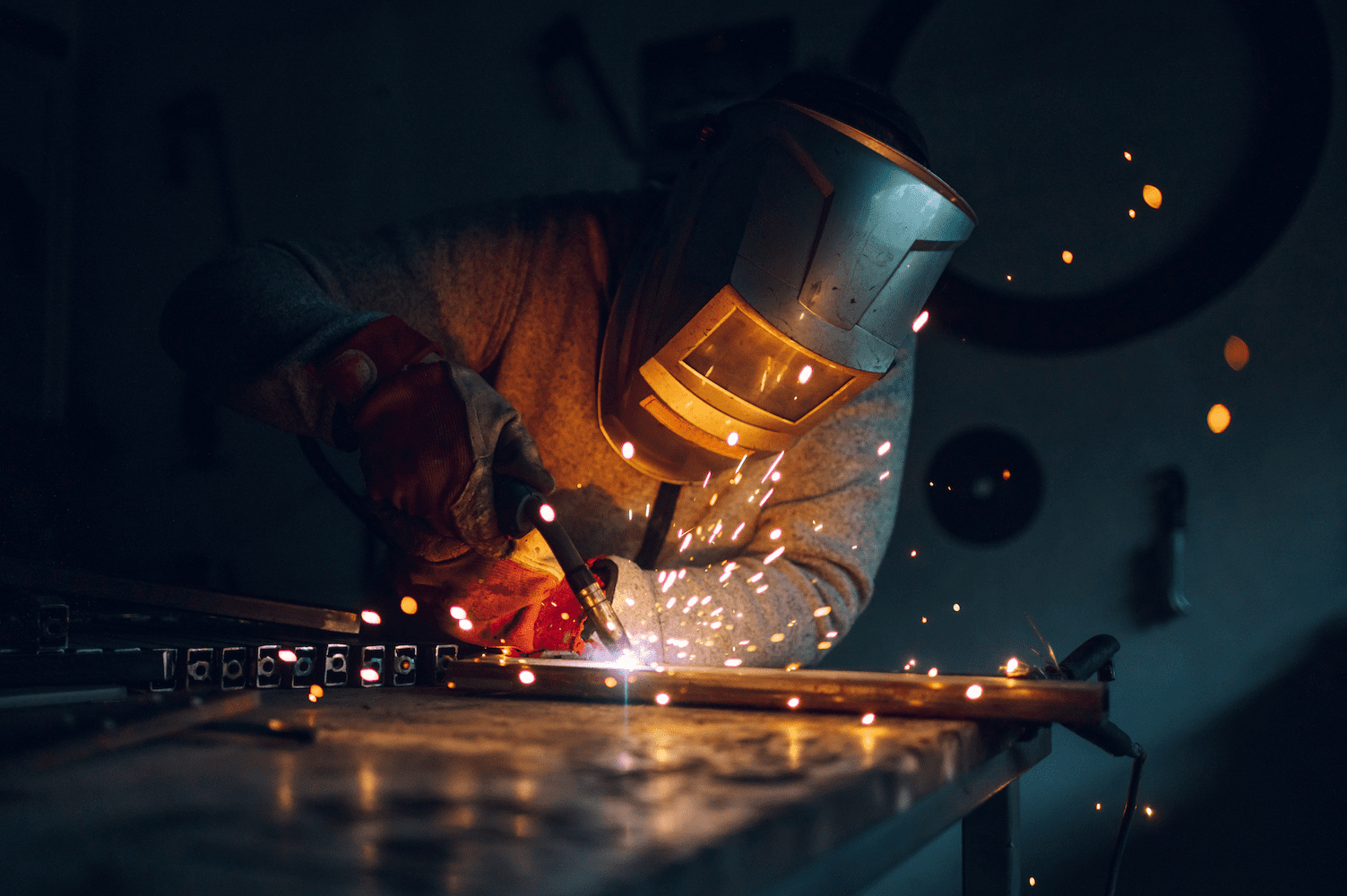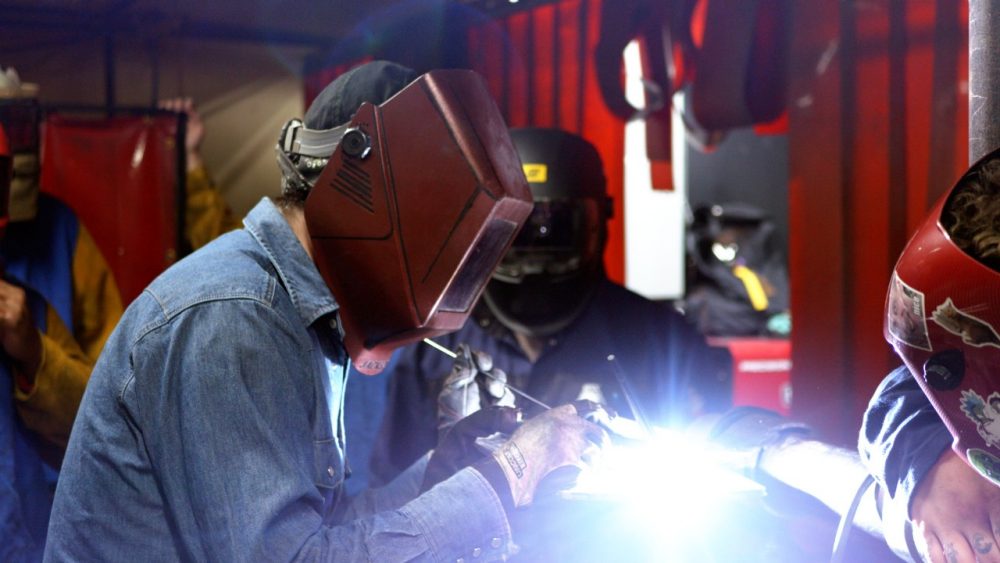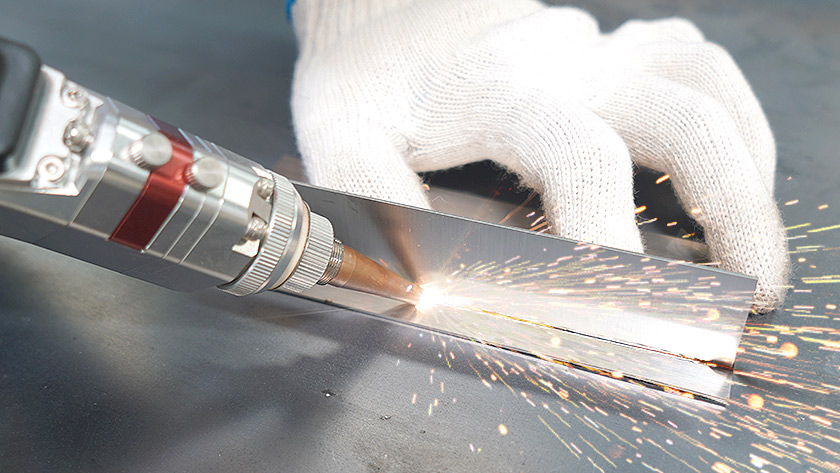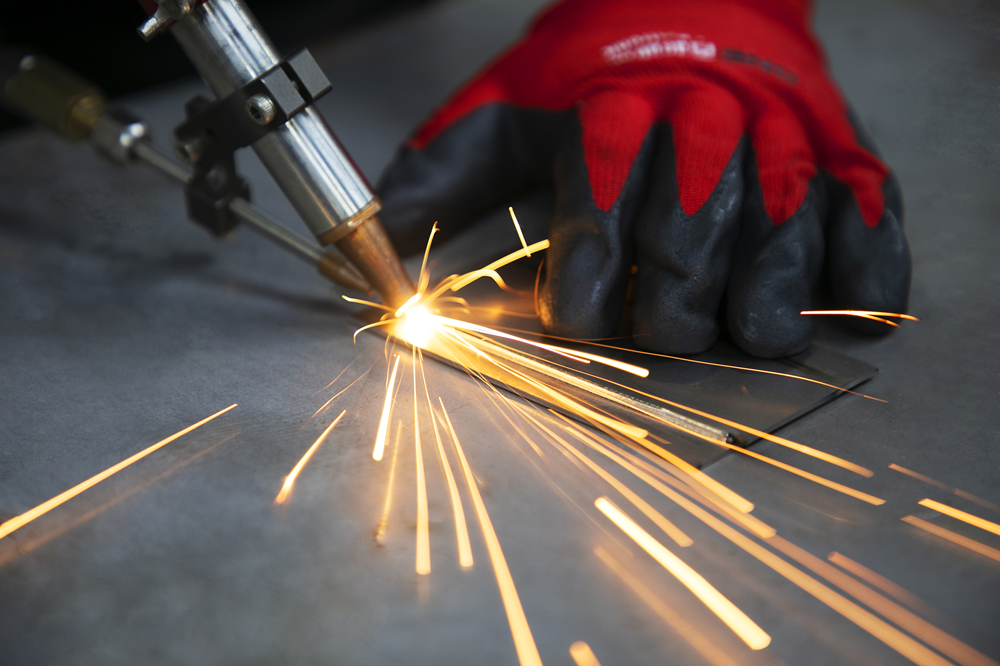In today’s highly competitive manufacturing industry, a skilled welding team equipped with advanced technology is crucial for ensuring project quality, efficiency, and cost-effectiveness. Traditional welding methods are gradually being replaced by innovative technologies like laser welding. While understanding the core skills of welders remains important, what matters more is knowing how to elevate production capacity and product quality through technological upgrades.Now, let me walk you through the key skills of a welder and how laser welding can enhance productivity.
Essential Skills a Modern Welder Needs
Today’s welders need classic skills plus new tech knowledge.
Technical Mastery of Welding Processes
You need MIG, TIG, and Stick welding skills. Each process works best for different jobs and metals.Learn robotic welding systems. More factories use automation now.Stay ready to learn new tech and methods. This helps you keep up with industry changes.
Technical Literacy and Blueprint Analysis
You must read 2D and 3D drawings. Calculate exact measurements for cutting, fitting, and joining metals.Learn welding symbols and AWS (American Welding Society) codes. These ensure you meet regulations and project standards.
Precision, Inspection, and Quality Awareness
Pay close attention to detail. This ensures weld strength. I recommend this for critical work like bridges and aircraft.Watch for small changes in molten flow. Spot defects like porosity or slag inclusions.Keep your workspace organized and clean. This improves quality and safety.
Metallurgy and Material Knowledge
Learn metal properties. Know melting points and stress limits. This helps you pick the right materials and processes.Know the differences in material grades. For example, different types of aluminum need different approaches.
Equipment Operation and Troubleshooting
You will use advanced welding machines and cutters. These include oxy/fuel torch and plasma cutters. You also need precision tools like fillet gauges and calipers.Learn basic maintenance and troubleshooting. This cuts down on expensive downtime and equipment problems.
Physical and Cognitive Abilities
Good hand-eye coordination matters. You need physical stamina, sharp vision, and skilled hands. These support safe, precise welding in different settings.Think through problems as they arise. Based on my experience, this skill helps you handle material issues and fit-up challenges.
Safety Focus and Emergency Preparedness
Always spot hazards. Check ventilation. Handle flammable materials with care. Stay ready for emergencies like fires. Know first aid.You must understand and follow safety rules. No exceptions.
Professionalism and Teamwork
Work well with your team. Communicate clearly. Show up on time and do your job. These habits help you meet deadlines and keep the workplace running smooth.Check your work before, during, and after welding. I suggest this approach to protect quality and safety.Stay positive. Be ready to work on your own. Love what you do. These traits set the best welders apart.
How Laser Welding Machines Boost Productivity and Efficiency
Laser welding machines change how we weld today. They bring real results across many industries. I’ve seen these improvements firsthand in manufacturing settings.
Increased Welding Speed and Throughput
Laser welding systems work at up to 10 times the speed of traditional welding.In the automotive sector, machines reach welding speeds of 100 meters per minute on thin sheet metal. Standard methods hit 10–15 meters per minute.This speed means faster project completion. You get higher production volume too.
Automation and Consistency
Laser welding works well with automated robotic production lines.Automation cuts down on manual labor. It reduces errors. It gives you consistent weld quality.Many manufacturers cut scrap by up to 30%. That means fewer rejected parts. Less material goes to waste.Automated systems run 24/7. This increases your total output.
Lower Labor and Operating Costs
The process needs less specialized skill. Operators need basic training.One worker can watch up to 10 automated stations. This cuts labor costs fast.I recommend looking at labor cost savings. They often range from 30–50%.
Material and Energy Efficiency
Laser welding creates narrower welds. It causes less distortion. This saves 10–20% of material. You need less rework too.These machines use 20–40% less energy than traditional arc welding. A fiber laser system uses 10–15 kWh per meter. Conventional welding uses 25–30 kWh per meter.
Enhanced Precision and Quality Control
Real-time monitoring finds defects during welding. It fixes them right away.First-pass yield rates top 95%. Older methods hit 80–85%.This cuts inspection time. It reduces expensive rework.
Versatility and Flexibility
Laser welding machines work with many materials and thicknesses. They handle thin foils to thick plates. This supports quick shifts in production needs.
Lower Maintenance Demands
Components last longer. You need fewer consumables. Based on my experience, companies see maintenance costs drop by 25–35%.
Summary
For welders and manufacturers alike, investing in a high-quality laser welding machine is more than just upgrading equipment—it’s a game-changer for productivity, precision, and profitability. Imagine completing complex welds in a fraction of the time, reducing material waste, and consistently achieving flawless results. Whether you’re a seasoned professional or running a busy workshop, a reliable laser welding machine can transform the way you work. Don’t just keep up with the industry—lead it, and make your next project smarter, faster, and more precise with the power of laser welding technology.
Investing in laser welding is not just an equipment upgrade—it’s powering your production line with a growth engine. Integrate laser welding machines now and witness a leap in productivity and profitability!




